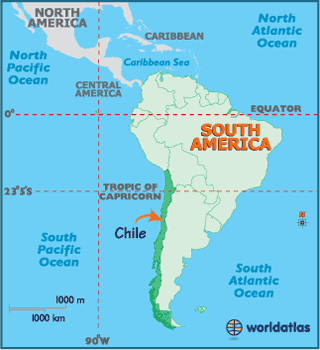 After 6 months of solid student protests right across the country, and with over 90% of the public openly supporting the students position, the Chilean government is learning that successful Government is about balancing the need for both economic and social progress.
After 6 months of solid student protests right across the country, and with over 90% of the public openly supporting the students position, the Chilean government is learning that successful Government is about balancing the need for both economic and social progress.There is still a big gap between social classes within schools this gap gets even wider when it comes to universities in Chile. What they also want is quality public education and a regulated and non-profit private system, just like in Europe!
It currently costs more to go to University in Chile than in Ireland even though the cost of living is cheaper in Chile.
At the moment students in Chile feel very strongly about this issue and have been in constant protests of over 6 months to try tackle and change the education system.
In The Santiago Times of Tuesday, Nov 15, 2011 about one of the many protests the young students have set up it stated
Around 50 high school students occupied Santiago’s City Hall on Monday morning in a protest that ended with 44 arrests, after apparently being allowed in by municipal workers sympathetic to Chile’s student movement.
Mayor of Santiago Pablo Zalaquett -- who ordered Carabineros to evict the protesters -- said that he would press charges against the students, who he accused of trying to “polarize the country and initiate class warfare.”
In the past few days the government has been making signs of a "grand agreement" on the education system. This is yet to be seen how "grand" the proposal actually is...
In the past few days the government has been making signs of a "grand agreement" on the education system. This is yet to be seen how "grand" the proposal actually is...



